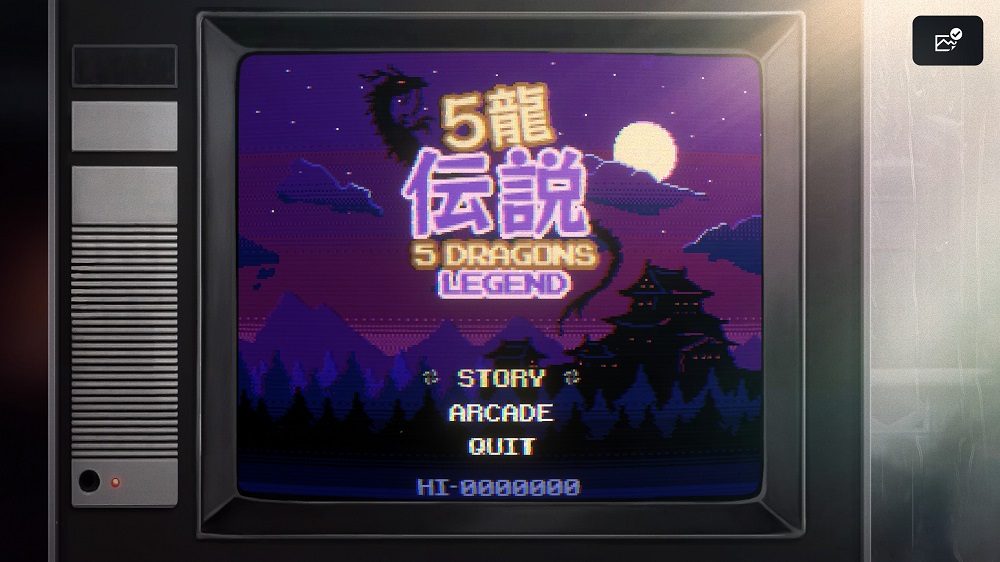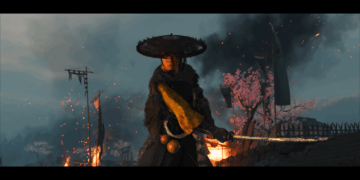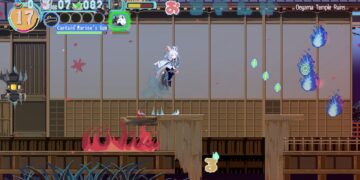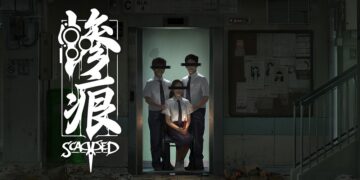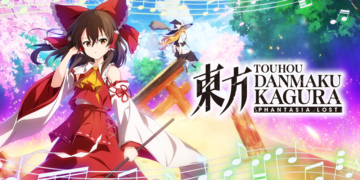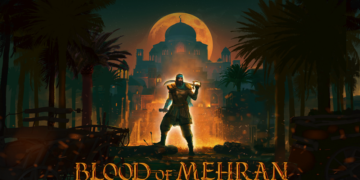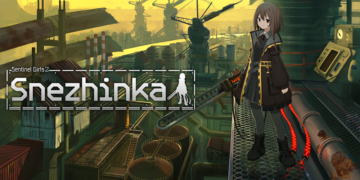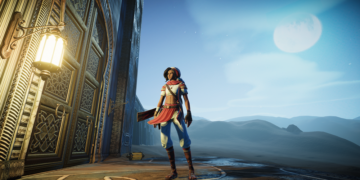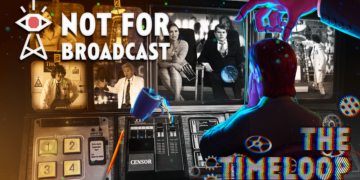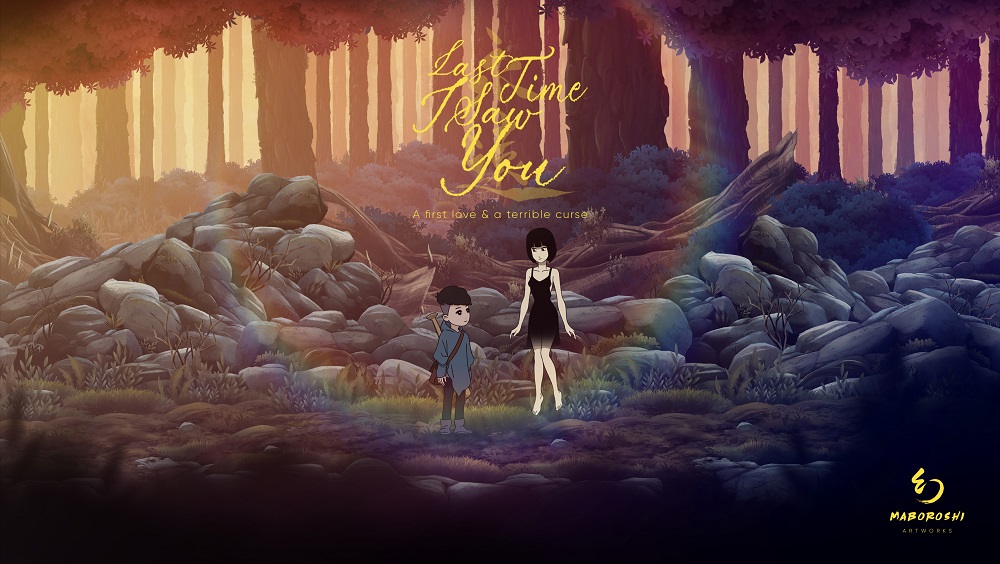Last Time I Saw You: A Bittersweet Journey Through 1980s Rural Japan
Last Time I Saw You, developed by Maboroshi Artworks and published by Chorus Worldwide, is a tender and evocative adventure game set in 1980s Japan. By combining narrative-driven exploration with platforming and light combat, it crafts a tale that delves into themes of first love, self-discovery, and supernatural folklore. Though at times hindered by a few technical flaws, the game’s charm and depth might just make it a unique experience for fans of narrative-heavy titles and those captivated by Japanese culture.
A Nostalgic Setting Full of Mystery
Players follow Ayumi, a 12-year-old boy in the fictional rural town of Amatsu, Japan. The year is 1980-something, and Ayumi is trying to navigate his path through the ups and downs of adolescence. His story quickly takes on a supernatural edge as he experiences recurring dreams of a mysterious girl named Ami. These dreams and an impending typhoon set the tone for a narrative that weaves in yokai—spirits from Japanese folklore—as Ayumi embarks on a ten-day journey through his town, meeting locals and discovering secrets that ultimately drive his growth.

Gameplay: Exploration and Immersive Quests
The gameplay is primarily focused on exploration, allowing players to wander through the town and engage with its residents. Each interaction offers a glimpse into Ayumi’s world and the emotional lives of the townsfolk, uncovering struggles that resonate with Japan’s lingering post-war scars. Side quests encourage players to explore beyond the main storyline and are rewarding in terms of both character development and the emotional insights they reveal.
The in-game quests, however, are not without issues. Compared to other narrative-focused games like Coffee Talk, where dialogue and interactions flow seamlessly, the pacing in Last Time I Saw You can feel uneven, sometimes slow and occasionally marred by clunky mechanics. Players who enjoy a smooth-flowing narrative may find this a minor frustration, but those who value depth and contemplating gorgeous art over polish, may see it as a small price for the emotional payoff.
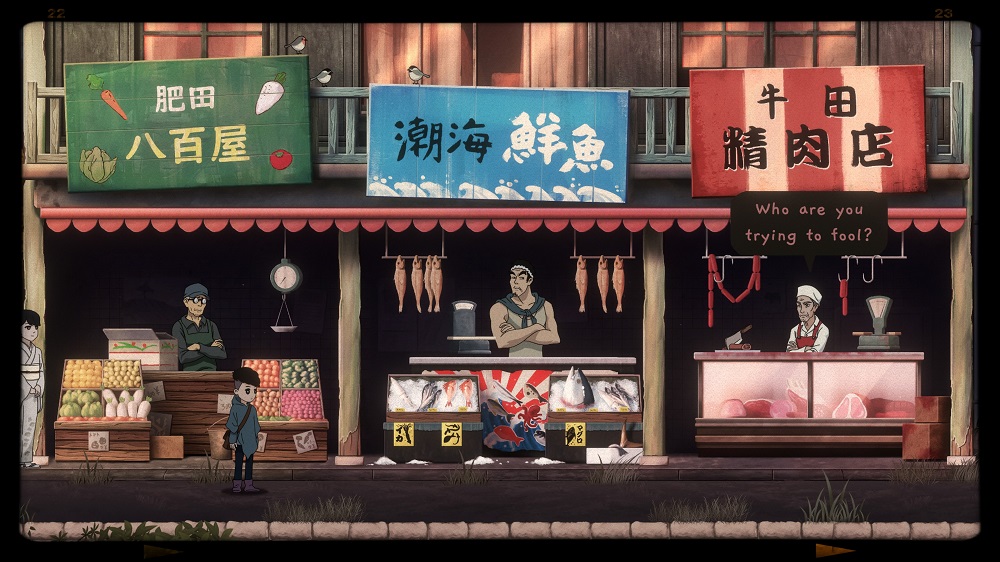
Core Mechanics: A Mixed Bag
One of the game’s core mechanics includes memory-based puzzles, such as ringing bells in sequence or completing pattern-based tasks. These moments add light interactivity but don’t necessarily push any boundaries, and the inclusion of combat—using a bat to fend off shadow spirits—feels functional but basic. The combat system can be finicky and may even pull players out of the experience due to its inconsistency. While the game isn’t primarily combat-focused, it’s worth noting that those encounters may feel more like an afterthought than an enhancement to the story.
Visuals and Sound: Capturing the Essence of 1980s Japan
Visually, Last Time I Saw You is a standout. Its hand-drawn graphics and warm color palette breathe life into each scene, with seasonal shifts and small environmental details adding depth to the town of Amatsu. The character designs are equally appealing, giving each figure a distinct presence that helps underscore the game’s emotional themes. The soundtrack complements this ambiance with a fitting, nostalgic score that further roots the player in the game’s rural Japanese setting.

A Reflection on First Love and Self-Discovery
The heart of the game lies in Ayumi’s coming-of-age journey, which touches on universal themes like love, loss, and the weight of growing up. The game reveals stories within stories, allowing Ayumi’s interactions with others to act as mirrors to his own experiences. Players will find themselves contemplating the effects of war, the search for identity, and the power of community in a narrative that, while occasionally slow-paced, possesses an undeniable charm.

Final Verdict
Last Time I Saw You is not a game for everyone. Its pacing and technical flaws can detract from the experience for those accustomed to faster, more polished narrative-driven games. However, if you’re a fan of 1980s Japan or appreciate deeply crafted art and storytelling, there’s something special here. Maboroshi Artworks has created a heartfelt, if slightly imperfect, tale that captures the bittersweet essence of growing up and coming to terms with life’s mysteries.
While Last Time I Saw You may not hit the mark for every player, it will resonate with those who find joy in its artistic world and nostalgic setting. For the right audience, this game offers a beautiful, memorable journey that is worth exploring.
